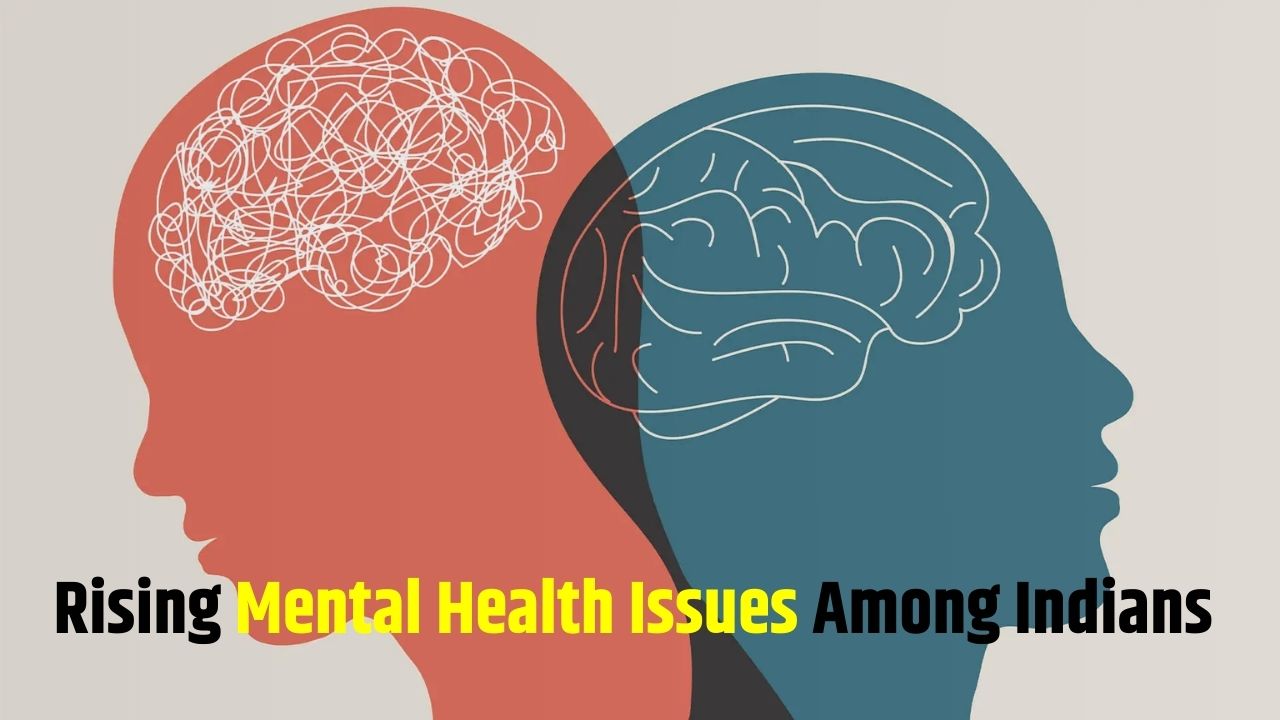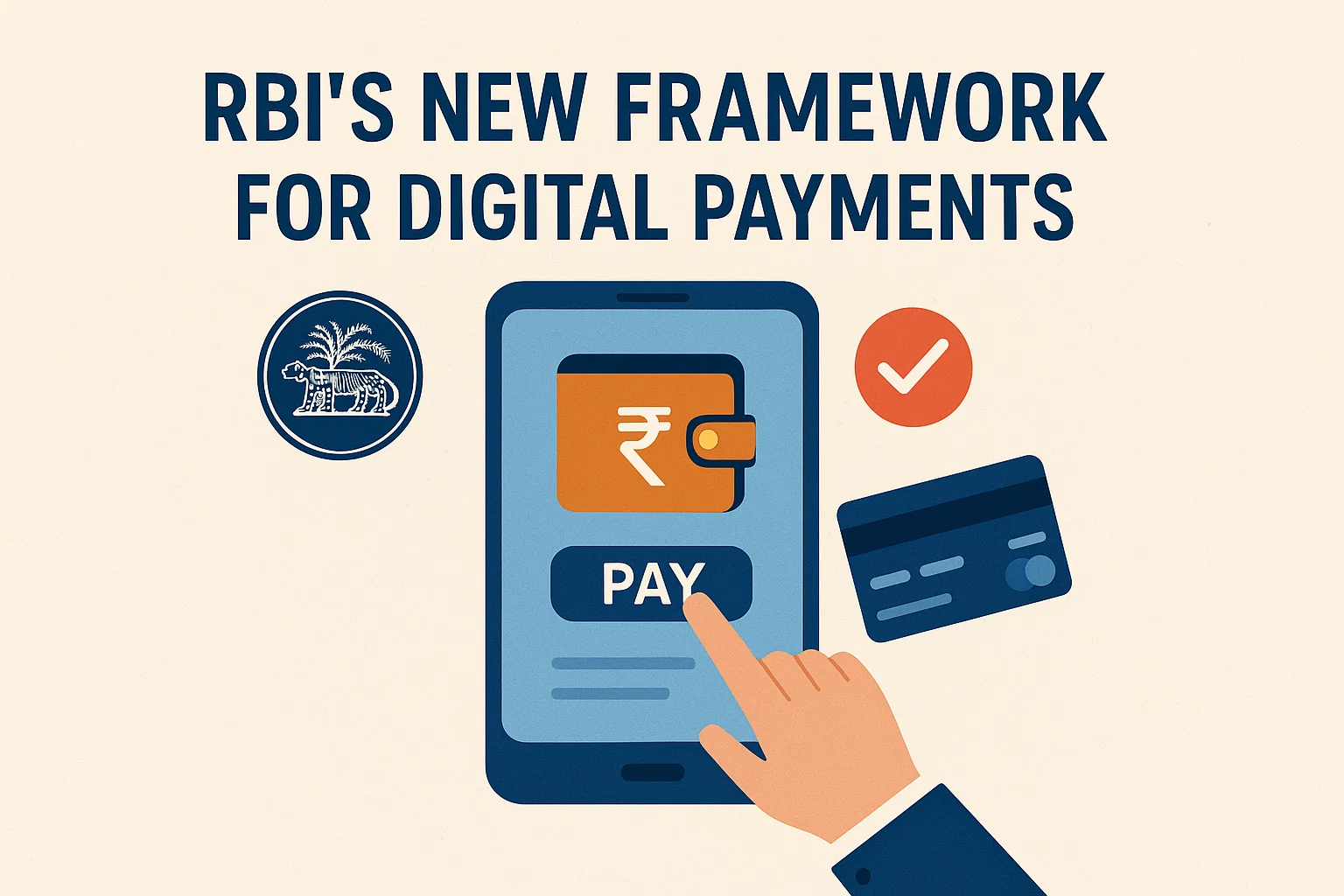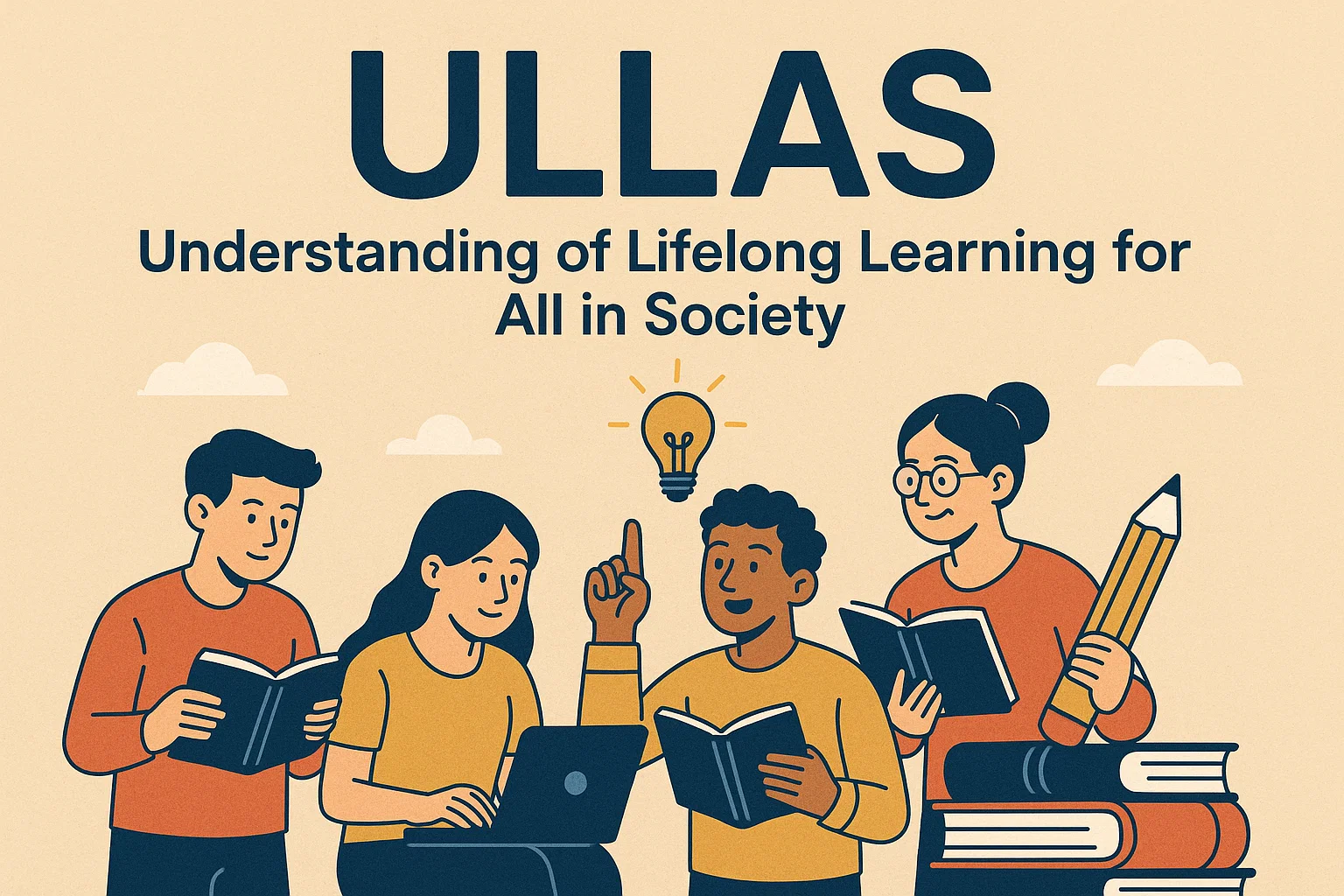India–Bangladesh Trade Tensions
India–Bangladesh Trade Ties: China Gaining Ground?
Context: With Bangladesh set to graduate from the United Nations’ Least Developed Country (LDC) list in November 2026, it is bracing for the loss of duty-free market access to key export destinations like the European Union.
More on News
- This pivotal shift is prompting Dhaka to deepen its economic and strategic ties with China, a move that is increasingly straining trade relations with India, its largest trading partner in South Asia.
- In a significant development, India has imposed fresh import restrictions on Bangladeshi goods, particularly targeting ready-made garments (RMG) — the top contributor to Bangladesh’s export earnings.
Least Developed Countries (LDCs)
The United Nations classifies Least Developed Countries (LDCs) as low-income nations facing severe structural impediments to sustainable development. These countries are highly vulnerable to economic and environmental shocks and have low levels of human assets, such as health and education outcomes. The Committee for Development Policy (CDP) of the UN reviews the list every three years. To graduate from LDC status, a country must surpass at least two of the three criteria in two consecutive triennial reviews. There are currently 44 economies designated as LDCs by the United Nations.
Three Main Criteria:
- Low income: Gross National Income (GNI) per capita below a set threshold (e.g., less than US$1,025 for inclusion; over US$1,230 for graduation as of 2018).
- Human assets weakness: Poor indicators in nutrition, health, education, and adult literacy.
- Economic vulnerability: Instability in agricultural production, exports, economic smallness, and exposure to natural disasters.
Transhipment Facility
- End of Transhipment Facility: Earlier in April 2025, New Delhi abruptly ended a five-year-old transhipment facility that had allowed Bangladeshi exporters to use Indian land routes and airports to ship goods to Western markets.
- Government sources cited port congestion and reciprocal restrictions imposed by Bangladesh as key reasons for both this move and the latest import curbs.
- Yunus’ Remarks: However, this diplomatic and trade row deepened amid remarks from Bangladesh’s interim Chief Adviser, Muhammad Yunus, a Nobel laureate who has advocated greater Chinese economic presence in India’s Northeast strategic corridor — raising concerns in New Delhi.
Strategic Push by India
- Strategic Effort: India’s decision to restrict imports of Bangladeshi garments is widely seen as a strategic effort to boost its own labour-intensive textile sector.
- Manufacturing Competitiveness: The move aligns with India’s broader push to enhance manufacturing competitiveness under new Free Trade Agreements (FTAs) — particularly those with the UK, EU, and ongoing talks with the US.
- Unfair Edge: According to trade think tank Global Trade Research Initiative (GTRI), Bangladeshi exporters have long held an unfair competitive edge in the Indian market.
- They benefit from duty-free fabric imports from China and receive export subsidies, offering a 10–15% price advantage over Indian firms.
- “Global brands like H&M, Zara, Primark, Uniqlo, and Walmart source apparel from Bangladesh, some of which is sold in India.
- Meanwhile, Indian manufacturers pay GST on local fabric while facing competition from duty-free Bangladeshi garments subsidized by Dhaka,” GTRI noted.
Bangladesh’s Trade Barriers on Indian Yarn
- In a retaliatory move, Bangladesh has restricted Indian yarn exports via land ports, permitting shipments only through more expensive seaports.
- This has impacted India’s $2.39 billion yarn and handloom product exports to Bangladesh, which account for nearly 20% of India’s total exports to the country.
Dhaka’s Deepening Alliance with Beijing Raises Strategic Red Flags
- Bangladesh’s increasing alignment with China is part of a broader geostrategic realignment in South Asia.
- Since June 2020, China has granted 97% of Bangladeshi goods duty-free access, enabling Dhaka to diversify its exports and move up the value chain.
- According to the Carnegie Endowment, Bangladesh hosts the largest number of Chinese infrastructure projects in South Asia.
- The country has also become the second-largest buyer of Chinese military hardware globally, with over 70% of its arms imports sourced from China, based on SIPRI data.
- Following the fall of the pro-India Sheikh Hasina government in mid-2024, the new interim administration under Muhammad Yunus has pivoted decisively toward Beijing.
- Yunus’s March 2025 visit to China secured $2.1 billion in new investments and strategic cooperation, including China’s involvement in the Teesta River development project, located near the India–Bangladesh border — a move that New Delhi sees as a direct challenge to its regional influence.
The current India–Bangladesh trade conflict highlights broader regional shifts as Bangladesh navigates its post-LDC transition, deepens economic ties with China, and balances foreign policy between two competing Asian powers. As Dhaka accelerates its China pivot, India appears determined to protect its domestic industry and geostrategic interests.



